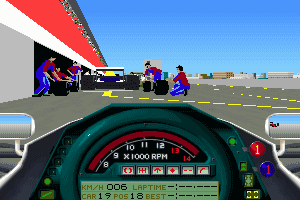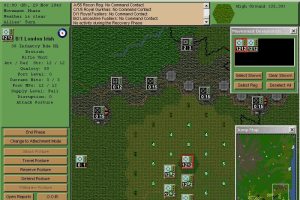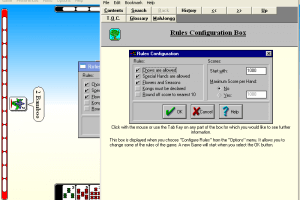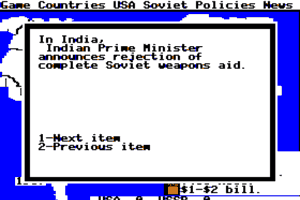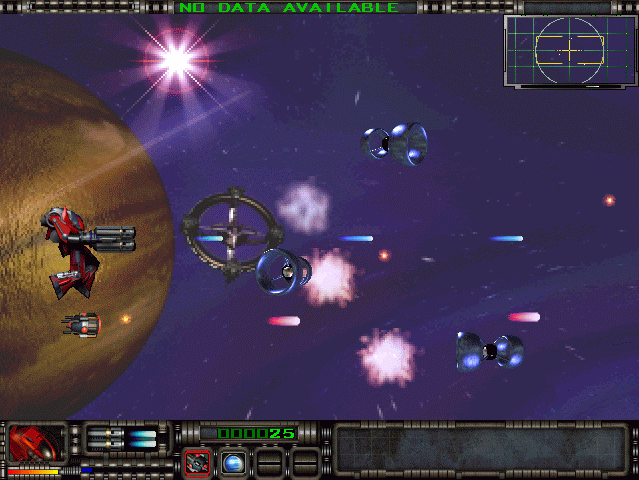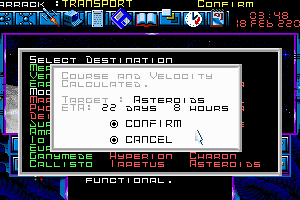The Operational Art of War II: Modern Battles 1956-2000
Windows - 1999
Description of The Operational Art of War II: Modern Battles 1956-2000
I met a man
To some degree, the game did just that. User-made scenarios abound, and some truly excellent creations exist which will provide you with hundreds of hours of competitive enjoyment. However, the system does have its limitations, and I elaborated on them somewhat in my review of TOAW, Vol. I . Everything I had to say about the game then still applies, and TOAW2, while changing gears a bit to thrust the system into the late 20th century, is very much the same game as its predecessor. So I won't go through those points again: check out the link if you haven't heard anything about the game system at all.
He was a good man
I predicted in my original review of TOAW that such an ambitious project would undoubtedly suffer from trying to extend its system over too great a range, since the word "operational" covers quite a bit of ground (from company-level actions all the way to corps). Indeed, the first few patches (and there have been several) to the original game addressed such issues as skewed road movement rates, unrealistic supply situations, and all sorts the rips and tears that result from stretching a wrap to fit so wide a bowl. Recently, there has been some controversy regarding the accuracy of the underlying engine, as some observant players noticed that in certain situations, the tactical engine was churning out some truly bizarre results, with the now infamous "100 jeeps" turning aside all manner of German panzers being the most ridiculous (and most harped-upon) outcome.
Like the messages in Championship Manager 3 which declare that a player has made a successful pass to a teammate in the opposing penalty area, only to see that teammate loft a pass "forward" 55 yards to continue the attack, **TOAW **got caught in the trap of trying to model every last detail of the subject matter it was trying to portray, and to display it all to show how "comprehensive" the game was. This seems to me to be just another example of how the ability to use the computer to crunch endless numbers can seduce otherwise talented and intelligent designers to bite off more than they can chew. By the same token, it can also lead players to focus on the shortcomings of a game for their own sake and ignore the larger picture. It seems quite ludicrous to me to think that you can accurately model the entire Eastern Front, for example, using units on the squad and platoon level for engine resolution purposes, and not get occasional glitches, or things that seem as "out" as the aforementioned impossible soccer descriptions. I'm not going to get into the acrimonious (and, to my mind, pointless and neurotic) arguments about whether or not TOAW is a "valid" model of whatever combat it is trying to represent. TOAW is, despite what some people wish to believe, still an abstracted representation of warfare. If you can look beyond this fact, there is a lot going on in the game that works.
Sailing and shoring
Extending the TOAW "modular" system to modern warfare was more than just a case of rating the M1 Abrams and the T-80 and sticking them into some database next to the PzIV's. The addition of powerful hand-held anti-tank weapons gives infantry the ability to hold its own against pure armor like never before, so combined arms is even more important in this game than previously. Making it all work within the framework of a reasonable combat system required that the system be overhauled. And it has been (see below).
And then there are the helicopters. It's sort of funny to think that of all the weapons used in World War II and to compare them to those in use now, and to think that while 1945 saw the first use of the atomic bomb, it wasn't until some twenty years later that we saw the full-scale combat use of the helicopter. In fact, the appearance of the attack helicopter is probably as much of a paradigm shift in modern warfare as the appearance of the tank was over seventy years ago. The game models airmobile operations decently, and the one of the patches incorporates helicopters into the reconnaissance calculations, giving you additional unit reconnaissance using nearby helicopter formations. Things were a little too free-wheeling in the original version, though: you could just fly your units all over the map with little regard for where those brittle helicopters were landing. The game now prevents you from landing headquarters units in enemy-controlled (as opposed to just "enemy-occupied") hexes. This is as it should be, but my feeling is that airmobile units are just too, well, airmobile, especially in theater-level scenarios.
Speaking of demonstrating how a modern battlefield works, TalonSoft have finally decided to open up a few of the secrets of the TOAW combat mechanics by including some formulae in the manual. And some formulae they are! The rulebook states that while in TOAW, combat was based on "cumulative mass fire," TOAW2 handles anti-tank and anti-personnel fire "at the level of individual weapons firing at individual targets." The manual then goes on to describe how many shots (one to three) a weapon gets during any single round, and then describes the effect that targeting systems (a major component of a modern weapons system) have on hit chances, and finally how armor penetration is calculated. One of the amazing things about this is that the data presentation seems to go out of its way to be cumbersome, so that a weapon's targeting rating is listed as "targeting+, targeting++, targeting+++, or targeting++++." "Targeting++++?" Isn't there an easier way of displaying this kind of information? Anyway, terrain is taken into account by modifying the "To Hit" chances of different targeting systems, and the actual chance to kill is calculated from a penetration quotient (pq) which is 100*Anti-armor value / Defenisve armor value. When the pq is between 25 and 99, the chance to kill is a percentage: the pq squared, divided by 100.
Does your head hurt? Mine does, but that's probably unrelated to anything having to do with the game. The reason for that is that I rarely (make that never) concern myself with the minutiae of how a given unit will perform in a specific combat. I will freely admit that I just, for the most part, make moves that "seem reasonable" based on some arbitrary understanding I have of the units involved, which probably is based on some wild ideas I have from playing board wargames and watching war documentaries. While I would prefer to play the game taking into account the game mechanics on a meaningful level, with the plethora of weapons systems involved and the sheer number of units in a scenario, the whole thing would become a chore very quickly. I've already written plenty on this topic, so I won't go any further here. The reason I bring this up is that if you're interested in a reasonably accurate (or what "feels" reasonably accurate) depiction of modern combat but don't want to have to follow each calculation through to the end in order to use your units effectively, TOAW2 lets you do that to some degree. People play this game in all sorts of ways, from factor-counting to seat-of-the-pants command. My impression, after a year of playing the original and now TOAW2, is that there is just too much going on to ever feel sure you know how any given combat will turn out.
That said, if the game underneath has undergone some revision and tuning, the product the player sees looks and feels very much the same. The graphics are essentially unchanged, even when it comes to the inclusion of the stupendously useless 3D view, which looks stupid and serves no purpose whatsoever. Other than that the game retains the same look and interface, as well as the annoying lack of more than two map zoom levels. If you didn't look at the date on the scenario when glancing at the screen, you couldn't tell the difference.
Dancing the beta can-can
A number of minor functional improvements have been made with the patch as well. In the past, you had to decide ahead of time if you were going to play a large scenario, in which case you needed to launch "Opart300," the memory-hog executable of TOAW. If you launched the regular executable, you got a scenario selection screen without the "large" scenarios listed, and if you decided to play one of those you had to quit the game and re-launch the Opart300 version. With v1.02, launching TOAW2 takes you to a screen which lists all the scenarios, and if you choose one that requires the special executable, the program launches it from there. Simple enough. This is one of those tweaks that TalonSoft is famous for: a user-requested fix which has no effect on gameplay but a not-insignificant effect on user enjoyment.
The scenarios themselves are everything you'd expect from a game which covers combat from 1956 to the present day. All of the Arab-Israeli wars, plus a number of NATO/Warsaw Pact slugfests (1960's and 1980's), Desert Storm, a hypothetical Korean War in the near future, and several scenarios from the Vietnam War. If it isn't in the game, you'll probably see a user-created version of it soon for download on some website somewhere. While I didn't get through every scenario in the game, I did play a number of them, and there are several (especially the NATO/Warsaw Pact ones) which would make for excellent solo and/or PBEM vehicles. In other words, I like 'em. On the other hand, the Vietnam scenarios fall under the category of things which are too unique to adequately model with a generic game system. The contrast between something like GMT's boardgame Silver Bayonet and the "Ia Drang '65" scenario shows just how much more there is to successful game design than just drawing a map and placing some historical units. To my mind, there will always be a place for well-designed games which take specific historical realities into account and try and depict them with imaginative rules. On the other hand, you're not going to see a lot of computer games published that way, as the market is too small. So better to have the tools to design a reasonable facsimile, yourself. Or you can, as I said, wait for someone to make one.
In case you were wondering, TalonSoft has included this explanation with the latest patch:
I don't remember seeing any advertisements for the abovementioned scenarios, especially since the "Red China vs. Taiwan '99" would have immediately reminded me of The East is Red or The China War (both SPI titles) and thus stuck in my head. In any case, there should soon be so many scenarios available for free download from any number of sites that I doubt seriously that you're missing much for not having these three in the box. **TOAW II: Flashpoint Kosovo **is going to be released by TalonSoft as an add-on. I'm not joking.
TOAW2 is not free from the problems which plagued its predecessor, either. One thing that struck me as being particularly odd about the game when I first played it (using v1.0) was that the theater recon didn't seem to work properly. Sure enough, the latest patch (v1.02) states that "a number of airmobile-movement, theater-option and supply issues have been addressed" without actually naming what they are. Supply has been a bugbear with this whole system since the beginning, and it's nice to know they're continually fixing it, even if it'll probably never be fixed. I've given up trying to figure out exactly how it works. And why oh why can I still not see a supply path traced for my units? With v1.02, the game is in a state which should satisfy most wargame purists. Of course, a real purist is going to scoff at the whole idea of a modular operational-level plug-and-play system like TOAW, anyway. Those who don't scoff should enjoy the game.
Making me foreign
It feels like we've been here before. ***The Operational Art of War, Volume 2 ***is essentially a full-price "stand-alone add-on pack" which allows you to play and design modern-era scenarios. This is not to say it isn't well done. For the most part, TOAW2 maintains and even advances the standards of its predecessor. This one is clear-cut. If you're a fan of the original TOAW , or if you're interested in the kind of detail-oriented approach to wargaming that the TOAW series represents, this is the game for you. If you read all the press about the original but it didn't interest you enough to pick it up yet, I don't know why this game would change your mind. Unless you like helicopters.
Review By GamesDomain
The Operational Art of War II: Modern Battles 1956-2000 has an addon available: The Operational Art of War II: Flashpoint Kosovo, don't miss it!
External links
Captures and Snapshots
Comments and reviews
Der Ibbel 2025-06-10 0 point
@MAU
@CHEESE
@ANDREW
Try Archive.org for The Operational Art Of War: Century Of Warfare (English version). It consists of The Operational Art Of War Vol. 1 + Vol. 2 + Flashpoint Kosovo
Andrew 2025-05-05 0 point
@CHEESE - worked for me, though the game is in German.
@MAU - installing it. You'd have to use a crack to play it if you don't have the original disc.
Write a comment
Share your gamer memories, help others to run the game or comment anything you'd like. If you have trouble to run The Operational Art of War II: Modern Battles 1956-2000 (Windows), read the abandonware guide first!
Download The Operational Art of War II: Modern Battles 1956-2000
We may have multiple downloads for few games when different versions are available. Also, we try to upload manuals and extra documentation when possible. If you have additional files to contribute or have the game in another language, please contact us!
Windows Version
Similar games
Fellow retro gamers also downloaded these games:
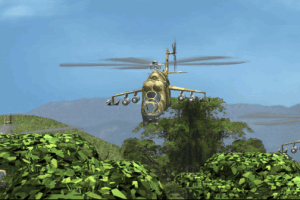
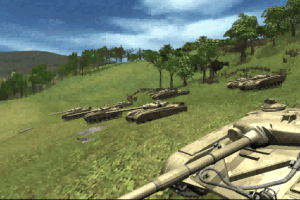
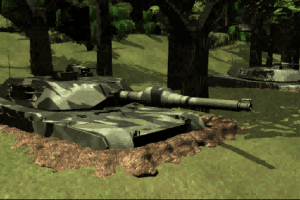
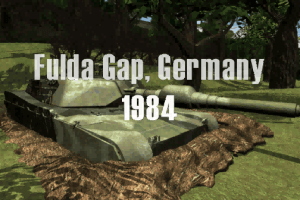
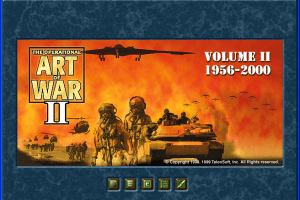
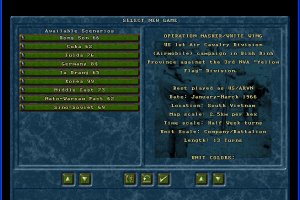
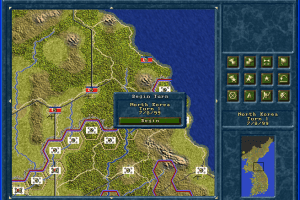
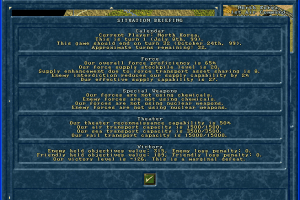
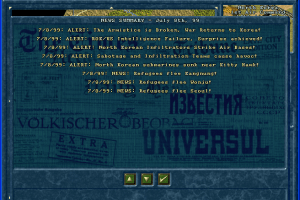
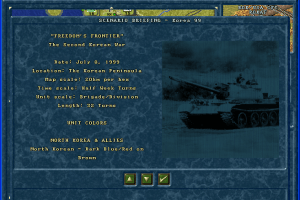
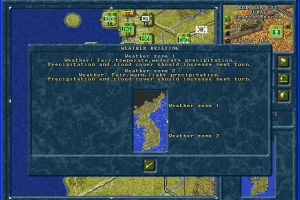
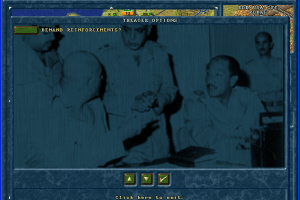
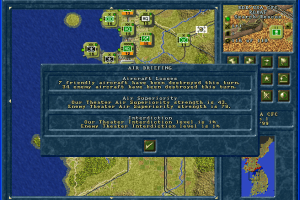
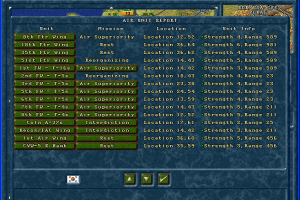
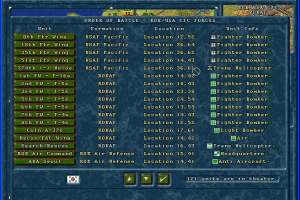
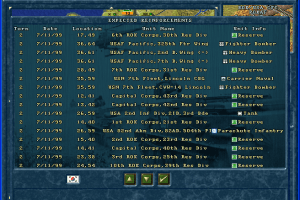
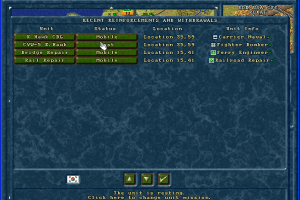
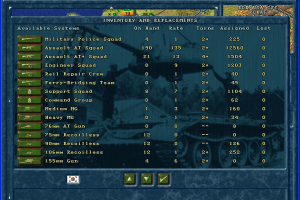
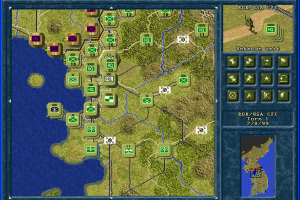
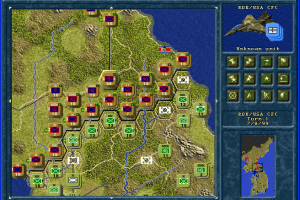
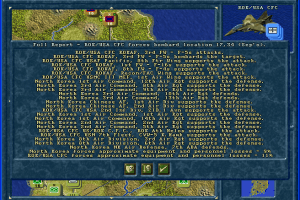
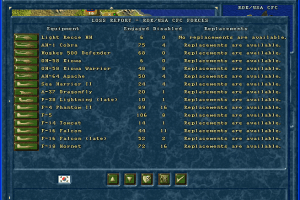
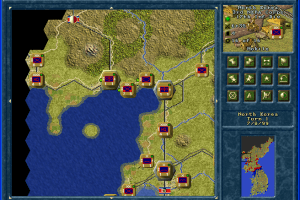
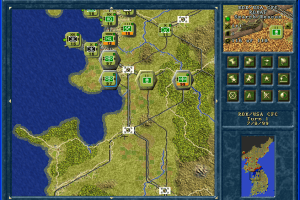
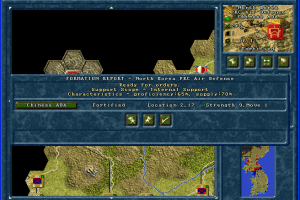
 395 MB
395 MB